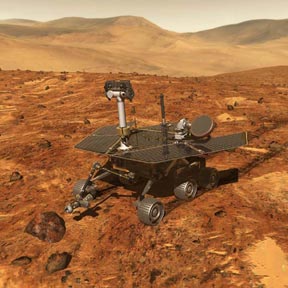An artist's depiction of what one of the MER rovers may look like on the surface of Mars.
Click on image for full size
Image courtesy NASA/JPL
An Overview of the Mars Exploration Rover (MER) Mission
NASA's Mars Exploration Rover (MER) mission has sent two robotic rovers to the surface of Mars. The two separate spacecraft are exploring sites named Gusev Crater and Meridiani Planum that are on opposite sides of Mars. The rovers are designed primarily as geological surveyors, with a special focus on finding signs of past or current deposits of water on or near the Martian surface. Many types of rocks that form in the presence of water contain clues that reveal that water was around when they formed. The rovers are looking for such rock types, such as sedimentary deposits formed in lakes or seas and the mineral gray hematite.
The twin MER missions were launched in June and July of 2003. The spacecraft landed on Mars in January 2004. The rovers are expected to have an operational lifetime of about 90 days on the surface of the Red Planet. The rovers have been given names: "Spirit" and "Opportunity".
You might also be interested in:
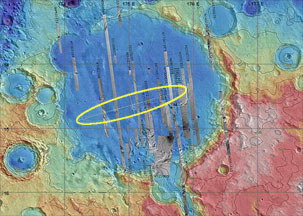
The first of two Mars Exploration Rovers (MER) landed within Gusev Crater on Mars on January 3, 2004. The robotic rover, named Spirit, bounced to a halt within an 81 km by 12 km (50 by 7 miles) target
...more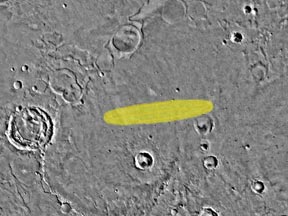
The second Mars Exploration Rover (MER), named "Opportunity", landed at a site on Mars known as Meridiani Planum. This flat plain is one of the few places on Mars where the mineral gray hematite is found
...more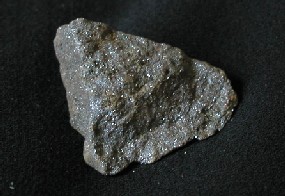
A sample of hematite may look like little more than a dark gray blob. That might seem impossible to identify but with a streak test, you can easily identify it! To tell if it is hematite, just rub the
...more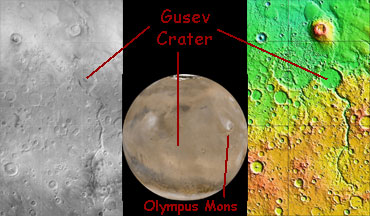
Gusev Crater is an impact crater on Mars that looks as though a lake may have once filled it in the distant past. One of the two Mars Exploration Rovers (MER) will explore Gusev Crater beginning in January
...more
Meridiani Planum is a small, flat region near the equator on Mars. As is the case on Earth, locations on Mars are specified by stating their latitude and longitude. Meridiani Planum is near the prime meridian,
...more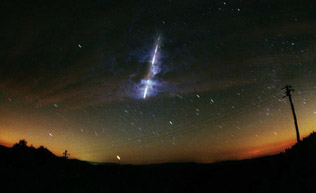
Meteors are streaks of light, usually lasting just a few seconds, which people occasionally see in the night sky. They are sometimes called "shooting stars" or "falling stars", though they are not stars
...more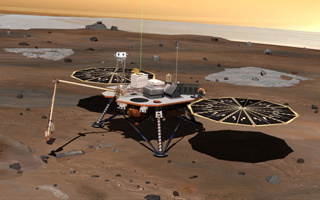
The Phoenix Mars Lander is a space mission sent by NASA to the North Polar Region of Mars. This page describes the instruments aboard the spacecraft and the mission objectives for Phoenix. Click here to
...more


